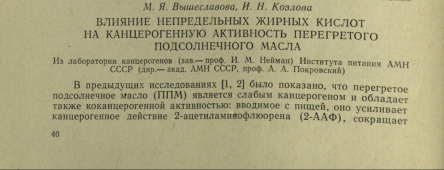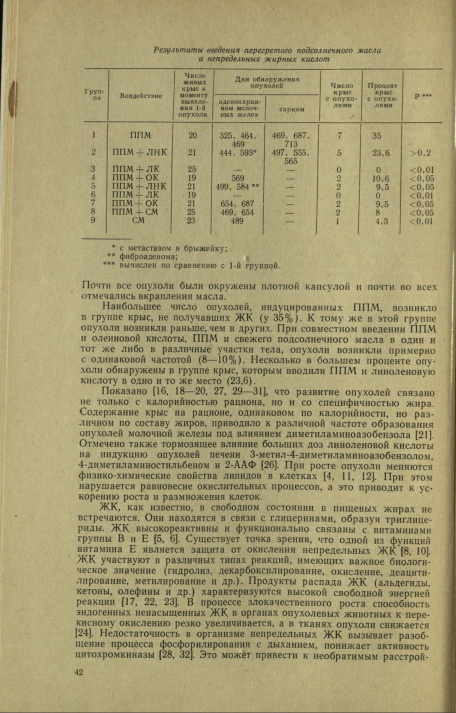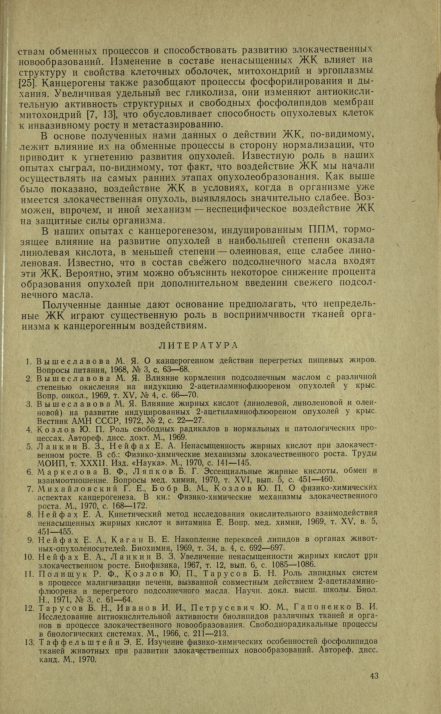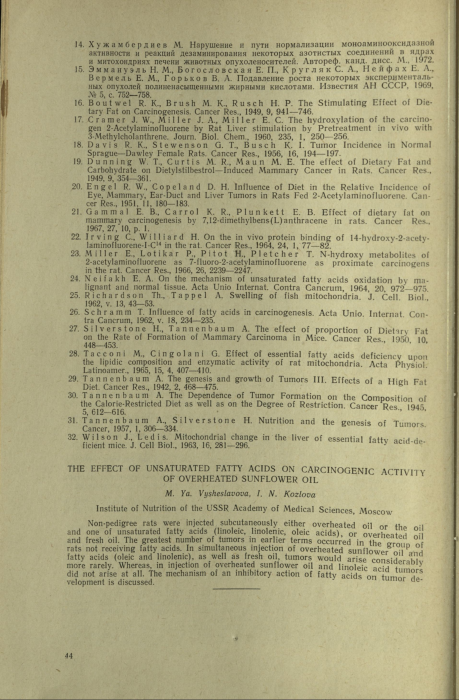seed oils are healthy
-
@ThinPicking
Well I don't cook with canola anymore. I still get some zog from purchased foods and meat but at least I know beyond reasonable doubt that it is the big culprit in metabolic dysfunction. The smell of hot canola or even olive oil makes me gag. -
@Gardner I think that PUFA is mitochondrially toxic to regular cells as well as cancer cells.
-





-
I can speculate that in the experiment above the pure linoleic acids got conjugated (CLA ). Indeed, CLA has anticancer properties.
The term conjugated linoleic acid (CLA) refers to a mixture of linoleic acid positional and geometric isomers, characterized by having conjugated double bonds, not separated by a methylene group as in linoleic acid.
Sources of CLA:
CLA is found in dairy products and meat, particularly from ruminants (like cows).An overview of the effect of linoleic and conjugated-linoleic acids on the growth of several human tumor cell lines
While linoleic acid exerted different effects, ranging from inhibitory to neutral, even promoting growth, conjugated linoleic acid inhibited growth in all lines tested and was particularly effective against the more malignant cells, with the exception of mammary tumor cells, in which behavior was the opposite, the more malignant cell line being less affected. -
This post is deleted! -
@BroJonas said in seed oils are healthy:
@Gardner I think that PUFA is mitochondrially toxic to regular cells as well as cancer cells.
Why do you think so ?
-
@Gardner said in seed oils are healthy:
Why do you think so ?
All unused PUFA will cause problems. max 5-7 g but only if you eat bone broth. Glycine is required. otherwise, it could be less. No need every day as well.
PUFA are carcinogenic, dietary glycine blocks their effect
http://carcin.oxfordjournals.org/content/20/11/2095.long ++
=> The findings apply to all oils containing enough PUFA to give you a dose of 5g - 7g per serving. 10g - 15g of glycine would be sufficient to block common uptake of PUFA’s. Combined with vitamin E (500 mg), even lower dose of glycine may be sufficient.Glycine as prevention for cancer treatment
https://raypeatforum.com/community/threads/glycine-as-prevention-and-treatment-for-cancer.7579/
Glycine is one of the most potent inhibitors of VEGF (Vascular endothelial growth factor) and many of the current blockbuster drugs are VEGF inhibitors. However, I think the more fundamental reason for glycine's effects are its opposition to PUFA, serotonin, estrogen, endotoxin (called LPS in the study below) and their anti-metabolic effects. -
This post is deleted! -
@LucH said in seed oils are healthy:
@Gardner said in seed oils are healthy:
Why do you think so ?
All unused PUFA will cause problems. max 5-7 g but only if you eat bone broth. Glycine is required. otherwise, it could be less. No need every day as well.
PUFA are carcinogenic, dietary glycine blocks their effect
http://carcin.oxfordjournals.org/content/20/11/2095.long ++
=> The findings apply to all oils containing enough PUFA to give you a dose of 5g - 7g per serving. 10g - 15g of glycine would be sufficient to block common uptake of PUFA’s. Combined with vitamin E (500 mg), even lower dose of glycine may be sufficient.Glycine as prevention for cancer treatment
https://raypeatforum.com/community/threads/glycine-as-prevention-and-treatment-for-cancer.7579/
Glycine is one of the most potent inhibitors of VEGF (Vascular endothelial growth factor) and many of the current blockbuster drugs are VEGF inhibitors. However, I think the more fundamental reason for glycine's effects are its opposition to PUFA, serotonin, estrogen, endotoxin (called LPS in the study below) and their anti-metabolic effects.And what do we do to get glycine ? I guess nothing...just eating normal foods, especially meat (with some tendons in it)
-
@Gardner said in seed oils are healthy:
And what do we do to get glycine ? I guess nothing...just eating normal foods, especially meat (with some tendons in it)
Yes but not optimal so. Need a little more. So combine.
Note that taking glycine from powder and food won't probably give the same result in assimilation. Both are well (if no allergy from residue in powder).
Haidut said once that taking 10 g from powder will give 20 % assimilation for glycine.
Target for 2 g glycine is fine. -
@LucH said in seed oils are healthy:
@Gardner said in seed oils are healthy:
And what do we do to get glycine ? I guess nothing...just eating normal foods, especially meat (with some tendons in it)
Yes but not optimal so. Need a little more. So combine.
Note that taking glycine from powder and food won't probably give the same result in assimilation. Both are well (if no allergy from residue in powder).
Haidut said once that taking 10 g from powder will give 20 % assimilation for glycine.
Target for 2 g glycine is fine.I think extra glycine is useful to mimic protein deficiency.
If the digestion is compromised then extra glycine (powder ) is silly idea . It is better to aim at normal digestable foods